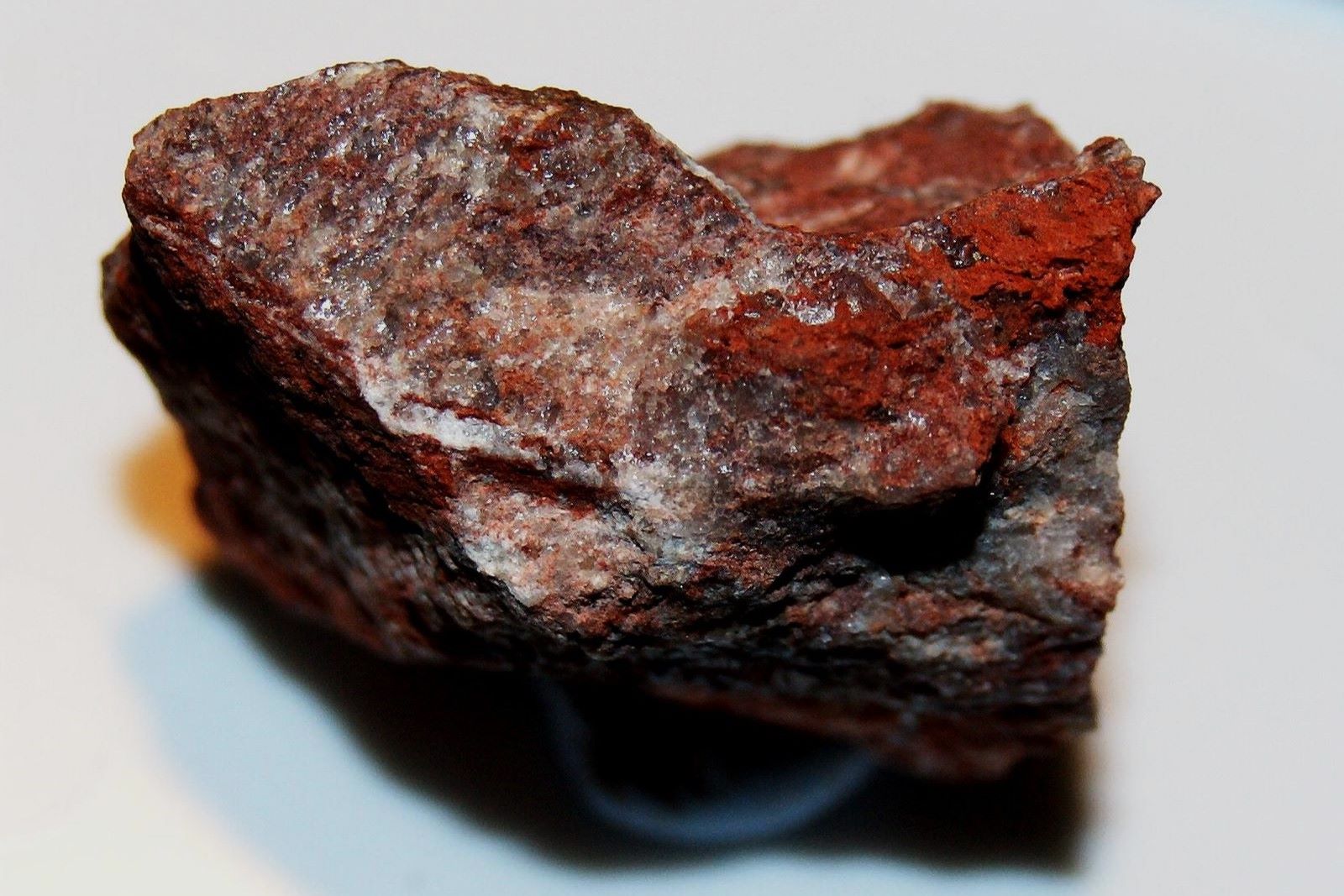
Macaulayite is a rare mineral that has intrigued geologists and mineral enthusiasts alike. Named after the Scottish geologist Sir James Macaulay, this mineral boasts a unique composition and striking red color. Found primarily in Scotland, Macaulayite's rarity makes it a prized specimen for collectors. But what exactly makes this mineral so special? Macaulayite is composed mainly of iron and silica, giving it its distinctive hue. Its formation process involves the alteration of other minerals, making it a fascinating subject for study. Whether you're a budding geologist or just curious about rare minerals, these 30 facts about Macaulayite will provide a deeper understanding of this captivating mineral.
Key Takeaways:
- Macaulayite, a rare red mineral, was discovered in Scotland in 1976 and named after the Scottish mineralogist Dr. John Macaulay. Its unique properties and rarity make it a prized specimen for collectors and a subject of ongoing scientific research.
- With its red color and distinctive physical and chemical properties, Macaulayite is a fascinating mineral that forms in hydrothermal environments. It has limited uses but is highly valued by collectors and researchers for its rarity and potential applications in environmental remediation.
What is Macaulayite?
Macaulayite is a rare mineral with a fascinating history and unique properties. Named after the Scottish mineralogist who discovered it, this mineral has intrigued scientists and collectors alike. Let's dive into some intriguing facts about Macaulayite.
Discovery and Naming
The story of Macaulayite's discovery and naming is quite interesting. Here are some key points:
- Macaulayite was discovered in 1976 by Scottish mineralogist Dr. John Macaulay.
- The mineral was named in honor of Dr. Macaulay's contributions to mineralogy.
- It was first identified in the Bennachie Hills of Aberdeenshire, Scotland.
- The mineral was officially recognized by the International Mineralogical Association in 1977.
- Macaulayite is one of the few minerals named after a living person at the time of its discovery.
Physical Properties
Macaulayite has some unique physical characteristics that set it apart from other minerals. Here are some notable features:
- Macaulayite is a red to reddish-brown mineral.
- It has a vitreous to dull luster, giving it a distinctive appearance.
- The mineral has a Mohs hardness of 2.5 to 3, making it relatively soft.
- Macaulayite has a specific gravity of 2.7, which is considered average for minerals.
- It is typically found in a massive form rather than as well-formed crystals.
Chemical Composition
The chemical makeup of Macaulayite is quite complex and interesting. Here are some details:
- Macaulayite's chemical formula is Fe3+2Si4O10(OH)2·nH2O.
- It is primarily composed of iron, silicon, oxygen, and hydrogen.
- The mineral contains water molecules within its structure, making it a hydrous mineral.
- Macaulayite is part of the smectite group of minerals, which are known for their layered structures.
- The presence of iron gives Macaulayite its characteristic red color.
Formation and Occurrence
Understanding where and how Macaulayite forms can provide insights into its rarity and distribution. Here are some facts:
- Macaulayite forms in hydrothermal environments, where hot, mineral-rich water interacts with rocks.
- It is often found in association with other iron-rich minerals like hematite and goethite.
- The mineral is typically found in the weathered zones of iron ore deposits.
- Macaulayite has been identified in only a few locations worldwide, making it quite rare.
- Besides Scotland, Macaulayite has also been found in Brazil and the United States.
Uses and Applications
While Macaulayite is not widely used in industry, it has some interesting applications. Here are a few:
- Macaulayite is primarily of interest to mineral collectors due to its rarity and unique properties.
- The mineral is sometimes studied by geologists to understand hydrothermal processes and mineral formation.
- Macaulayite's red color can make it a visually appealing specimen for display purposes.
- It is occasionally used in educational settings to teach students about mineralogy and geology.
- Some researchers study Macaulayite to explore its potential uses in environmental remediation.
Fun and Lesser-Known Facts
Here are some fun and lesser-known tidbits about Macaulayite that you might find intriguing:
- Macaulayite's red color can sometimes be mistaken for other red minerals like cinnabar or realgar.
- The mineral's name is often misspelled as "Macaulayite" instead of "Macaulayite."
- Macaulayite's discovery in the Bennachie Hills has made the area a popular spot for mineral enthusiasts.
- The mineral's rarity means that high-quality specimens can fetch a good price among collectors.
- Macaulayite's unique properties continue to intrigue scientists, leading to ongoing research and discoveries.
The Final Word on Macaulayite
Macaulayite, a rare and fascinating mineral, has captured the interest of geologists and mineral enthusiasts alike. Its unique red hue and complex chemical composition make it a standout specimen. Found primarily in Scotland, this mineral offers insights into geological processes and the Earth's history. Collectors value macaulayite for its rarity and distinctive appearance, making it a prized addition to any collection.
Understanding macaulayite's properties and origins enriches our knowledge of the natural world. Whether you're a seasoned geologist or a curious learner, this mineral's story is a testament to the wonders hidden beneath our feet. So next time you come across a piece of macaulayite, you'll appreciate the intricate details and the geological journey it represents. Keep exploring, and who knows what other hidden gems you'll uncover in the world of minerals.
Frequently Asked Questions
Was this page helpful?
Our commitment to delivering trustworthy and engaging content is at the heart of what we do. Each fact on our site is contributed by real users like you, bringing a wealth of diverse insights and information. To ensure the highest standards of accuracy and reliability, our dedicated editors meticulously review each submission. This process guarantees that the facts we share are not only fascinating but also credible. Trust in our commitment to quality and authenticity as you explore and learn with us.
